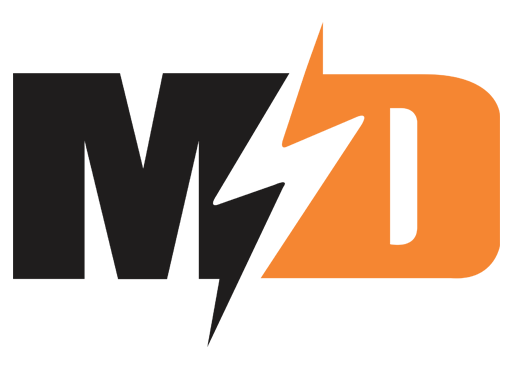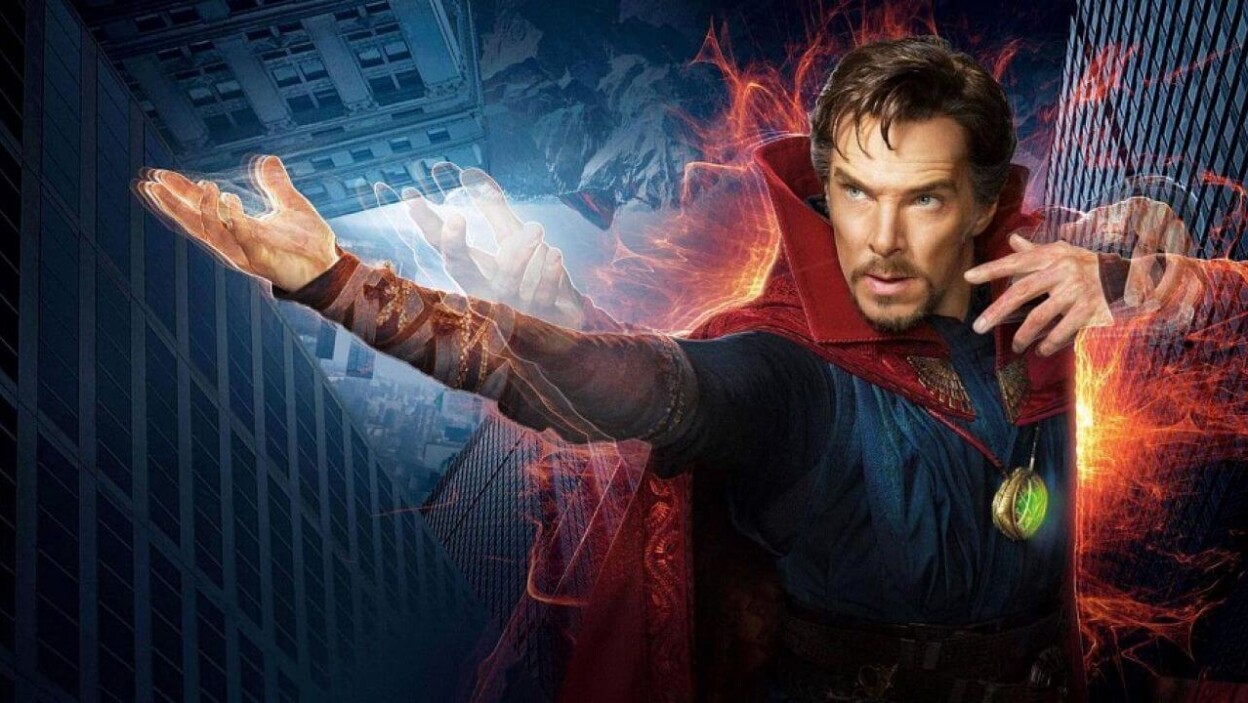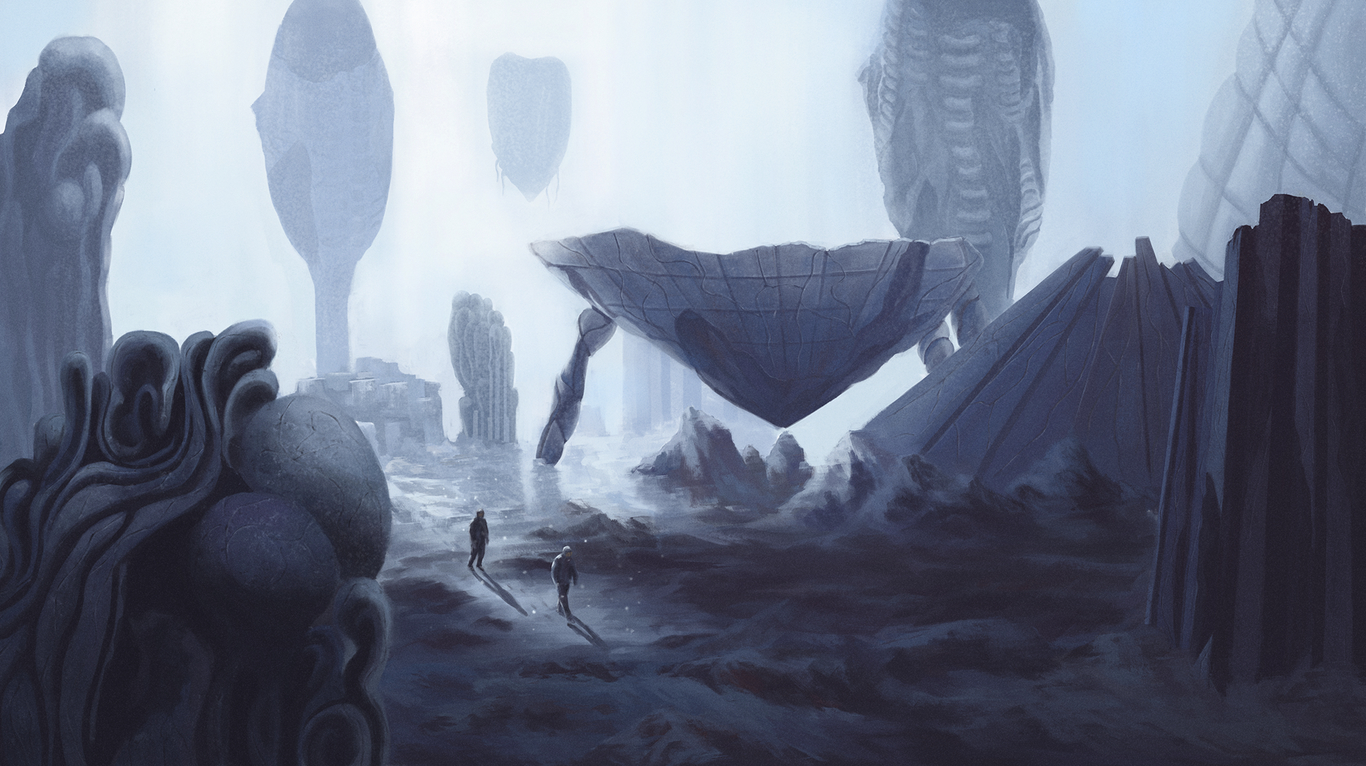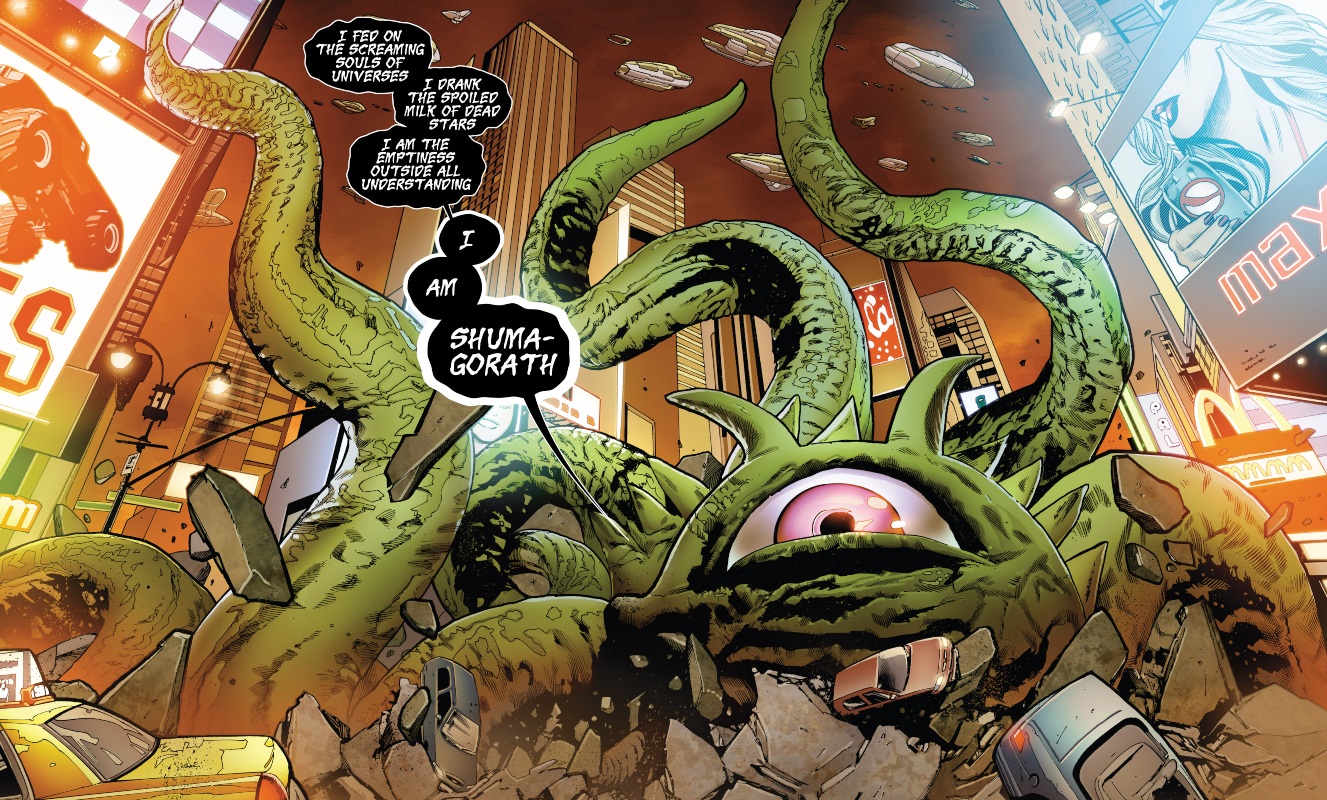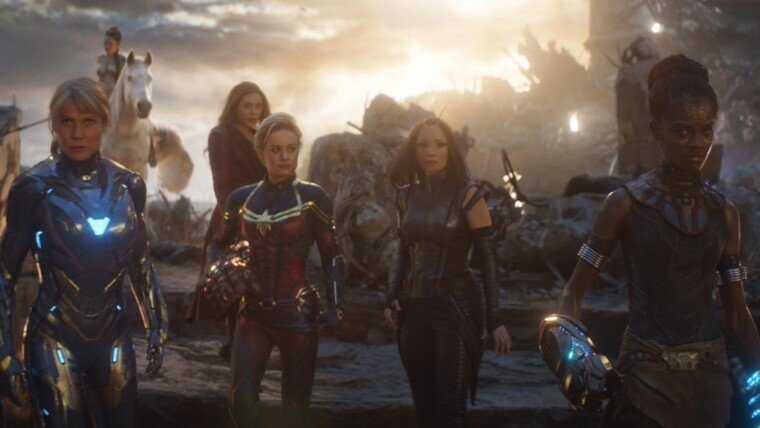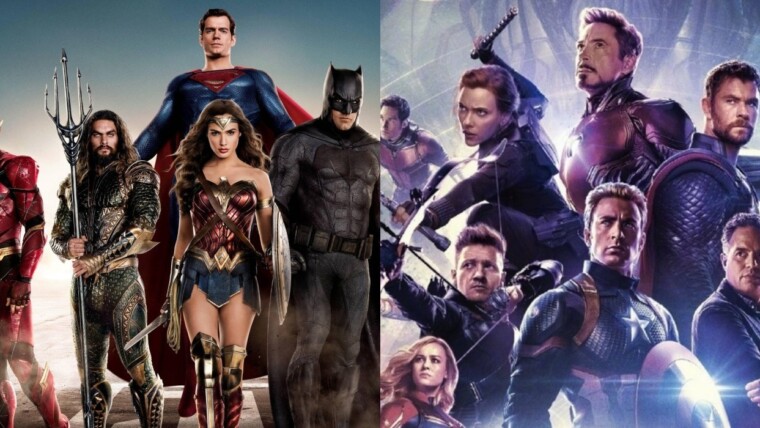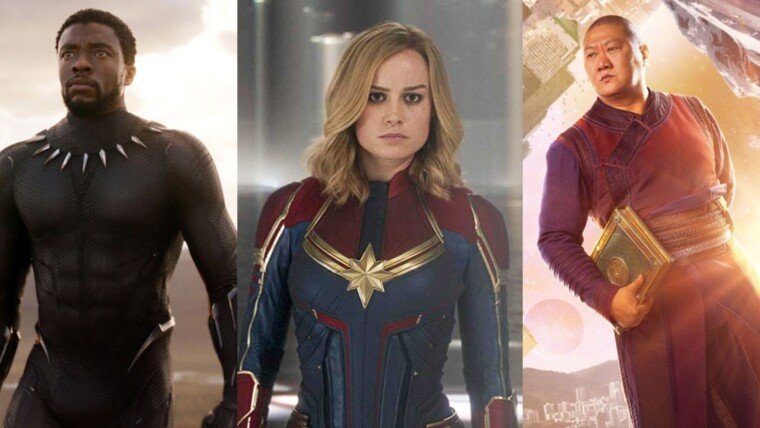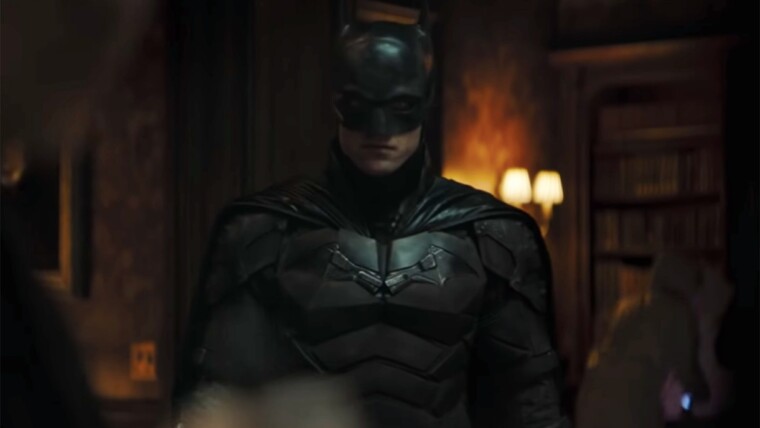As I’ve stated before, the current trajectory of Disney’s Marvel Cinematic Universe (MCU) seems to be a convergence between Marvel’s cosmic landscape and magical elements. Phase 4 is shaping up a very intriguing, if not chaotic, hodgepodge. Everything from immortal demigod mutants created by life-giving alien deities to mystical martial artists to a Norse god galivanting around the galaxy with a bunch of misfits who may or may not run into a universe-ending monster. The MCU is making some bold creative decisions here and what’s even more interesting is its inclusion of the franchise’s first cosmic horror film. I’m of course talking about Doctor Strange in the Multiverse of Madness. The title of the film seems to heavily imply that our dear Sorcerer Supreme will be traversing the many planes of the Marvel multiverse.
Along the way, what horrors will he encounter in the great beyond? What frightful sights could be lurking within the spaces between universes? Sights that could carry one into the brink of madness. I’ve got some fairly strong ideas on what unspeakable evils the good doctor may encounter in his trip through the multiverse. So whip out your copy of the Necronomicon because we’re about to get into some cosmic horror up in here!
Horror and H.P. Lovecraft
The first film was no stranger to the concept of the immensity of time and space. A lot of the film’s visuals played with the idea of Stephen Strange learning to bend reality to his will. In the world of magic and illusions, all things are relative. Even history may be altered given the right spell or stone. In the final act of the film, we see Doctor Strange confront a deadly demonic force known as Dormammu. An ancient dark god who controls the Dark Dimension and makes Faustian bargains with mortals. In spite of Dormammu’s might, Doctor Strange still manages to defeat his foe by placing him, along with himself, in an endless time loop.
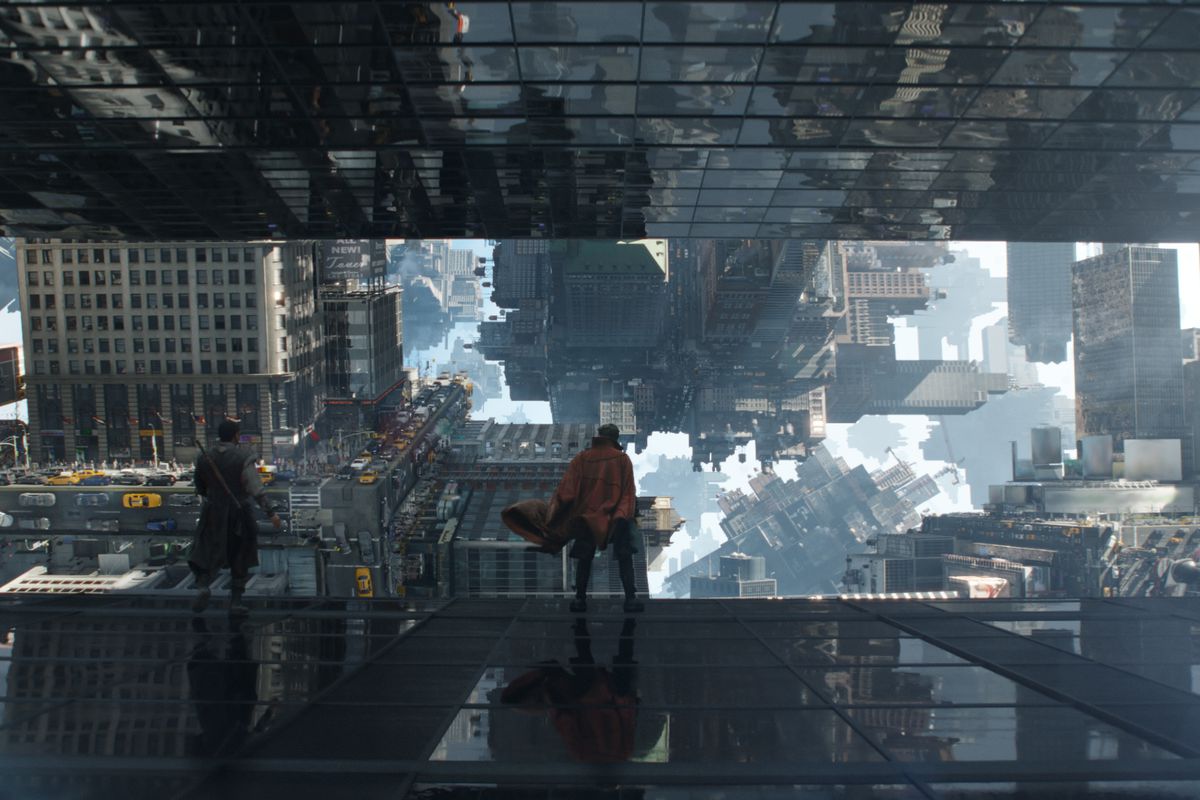 The first film made light of the malleability of reality and how with enough wit and knowledge, man could conquer anything, even a god. So if Doctor Strange’s story seems to be taking a turn into the genre of horror, what kind of horror would it be? Judging by the premise of Doctor Strange in the Multiverse of Madness, it’s safe to say that only one particular sub-genre of horror fits the bill: cosmic horror. And if we’re talking about cosmic horror, we need to talk about the works of H.P. Lovecraft.
The first film made light of the malleability of reality and how with enough wit and knowledge, man could conquer anything, even a god. So if Doctor Strange’s story seems to be taking a turn into the genre of horror, what kind of horror would it be? Judging by the premise of Doctor Strange in the Multiverse of Madness, it’s safe to say that only one particular sub-genre of horror fits the bill: cosmic horror. And if we’re talking about cosmic horror, we need to talk about the works of H.P. Lovecraft.
Lovecraft is attributed to be the father of modern cosmic horror with stories like Call of Cthulhu and At the Mountain of Madness being some of his more prominent works. There are a number of features in which we can identify Lovecraftian horror. The first one is his stories connoting a sense of smallness and hopelessness in the face of terrors and forces beyond our control and comprehension. The second trope is “Lovecraftian heroes”, scholars and academicians who are relentless in their pursuit of answers, no matter the cost. And finally, the most prominent feature of Lovecraftian horror is the fragility of sanity, namely how humans go completely mad upon witnessing unspeakable horrors or world-ending revelations.
Lovecraft’s influence in cinema can be traced as far back as 1979’s Alien, all the way to 2018’s Netflix sci-fi film Annihilation. Films about scholars and adventurers going into unknown territories in search of truth, only to find tragedy and madness waiting for them in the void of space. Multiverse of Madness seems to be drawing upon Lovecraft’s influence and themes as well. While Doctor Strange isn’t exactly an academician per se, he is someone who desires knowledge. In the first film, he went on a perilous journey into the mystical world of magic in an effort to fix his hands. He’s confident, cocksure and hungry to expand his knowledge beyond the human sciences.
The film’s title is a not-so-subtle homage to Lovecraft’s At the Mountain of Madness. Just switch out the word “mountain” with “multiverse”. The film’s title further confirms its Lovecraftian inspiration with it connecting the idea of something as vast and infinite as the multiverse to madness in the face of it. The MCU is giving us our first Lovecraftian comic book film! Interestingly enough, Doctor Strange within the comics has also tangled with creatures inspired by Lovecraftian horror.
Marvel’s Multiversal Monsters
In a Lovecraftian horror film featuring Doctor Strange transversing the planes of the multiverse, there’s only one villain who could fit the bill: Shuma-Gorath of the Great Old Ones. The Great Old Ones of Marvel comics are extradimensional entities who exist in all realities of the multiverse and are rumoured to be older than time itself. Revolting creatures who are often depicted as swirling masses of deformed limbs, tentacles, eyes and mouths. Think the alien creature from John Carpenter’s The Thing but on steroids! Millions of years ago, the Great Old Ones led by the conqueror Shuma-Gorath came to the main Marvel universe (Earth-616) and ravaged Earth. He and his abominable kin began ruling the planet and tormenting the early ancestors of mankind.
His rule came to an end however when a sorcerer had travelled back in time to prehistoric Earth to defeat Shuma-Gorath and his brethren. He drove him back into the space between the multiverse, where the creature licked his wounds and vow to return. Time after time, mighty sorcerers would do battle with Shuma Gorath in defence of their universe. The Ancient One confronted this menace of the multiverse and barely held it back. As of now, Doctor Strange has taken up the duty of beating back Shuma-Gorath and his kind, lest Strange’s world and universe fall prey to the unending chaos of the Great Old Ones.
It’s plain as day that Marvel drew heavy inspiration from Lovecraft’s Cthulhu Mythos. In Lovecraft’s literary universe, there exists a group of extradimensional monsters and deities called the Great Old Ones! How original, am I right? There are beings of immeasurable power whose very presence drive those around them to the brink of insanity. And a lot of these Great Old Ones like Cthulhu, Hastur and Dagon are described to be great swirling masses of tentacles and limbs. The villain Shuma-Gorath’s name sounds rather familiar to another Great Old One named Shub-Niggurath so there’s that.
All signs seem to be pointing to Shuma-Gorath and the Great Old Ones making their way into the MCU through Doctor Strange in the Multiverse of Madness. Everything from the title of the film to Doctor Strange’s history with them in Marvel comics to the Great Old Ones’ multiversal nature has all but confirmed this. If this is, in fact, the case, then the Sorcerer Supreme is in for the fight of his life.
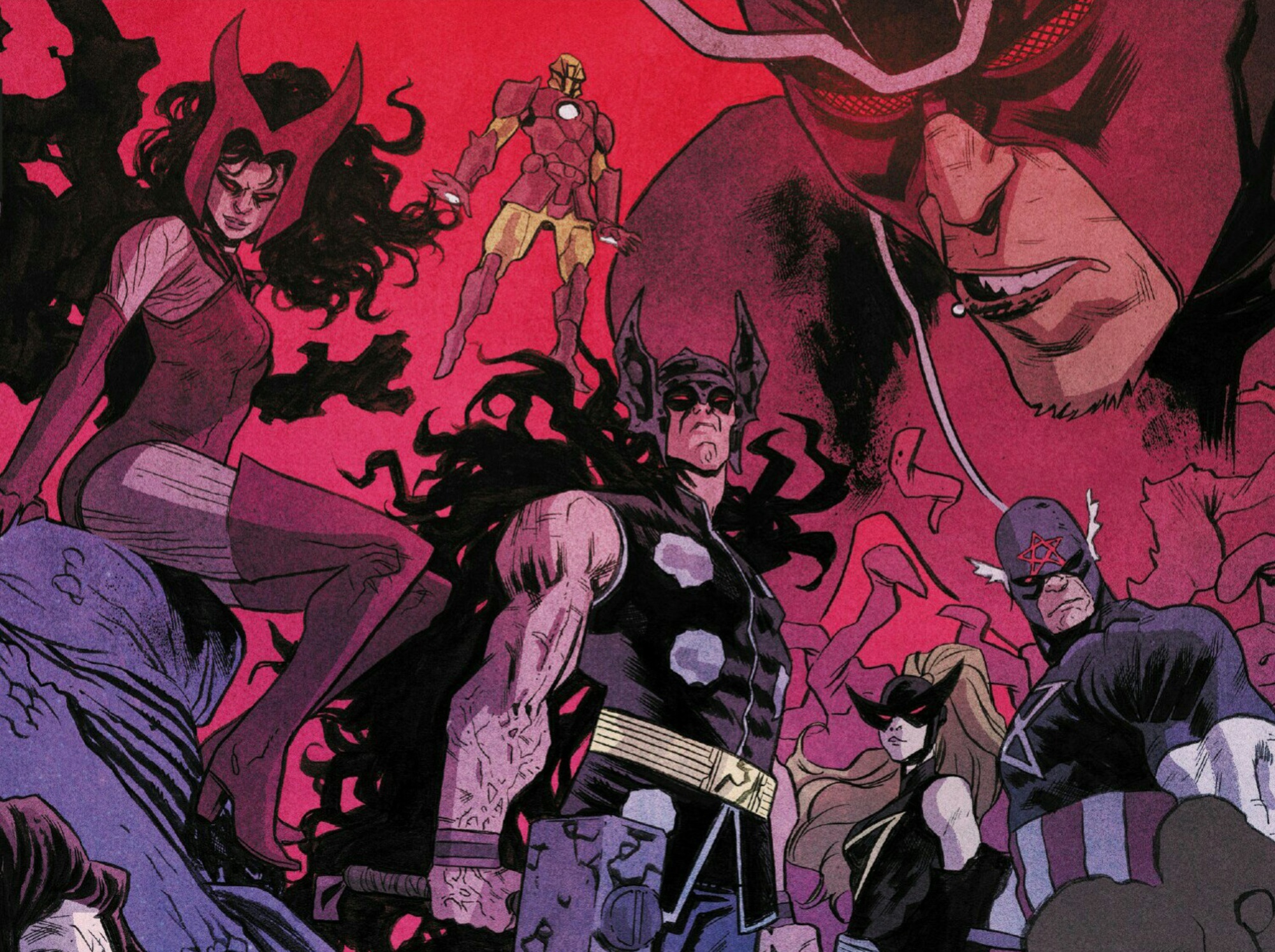 In another universe, the Great Old Ones were able to destroy the literal embodiment of Death before corrupting and enslaving all the heroes and villains of that world to their will. The thought of Doctor Strange having to face off against a twisted parody of the Avengers from another universe is both deeply frightening and intriguing at the same time. As of now, Doctor Strange in the Multiverse of Madness is set for a theatrical release in late November 2021. A little shy of a year and a half before we see the Sorcerer Supreme peer into the abyss!
In another universe, the Great Old Ones were able to destroy the literal embodiment of Death before corrupting and enslaving all the heroes and villains of that world to their will. The thought of Doctor Strange having to face off against a twisted parody of the Avengers from another universe is both deeply frightening and intriguing at the same time. As of now, Doctor Strange in the Multiverse of Madness is set for a theatrical release in late November 2021. A little shy of a year and a half before we see the Sorcerer Supreme peer into the abyss!
